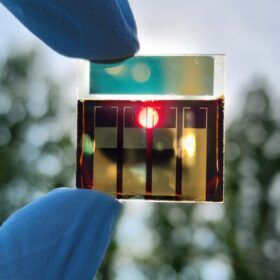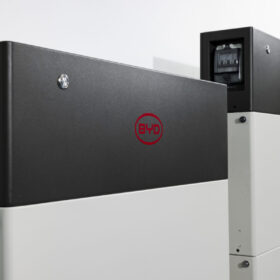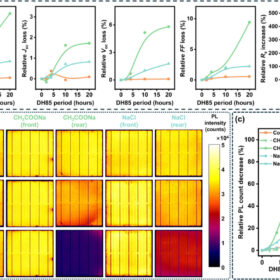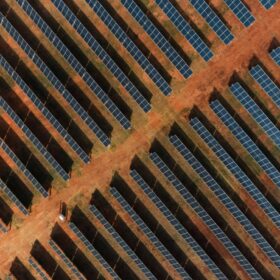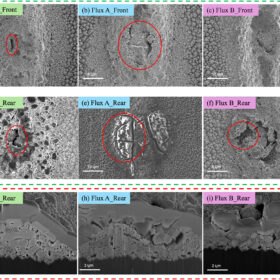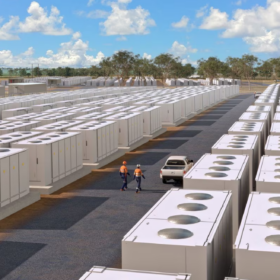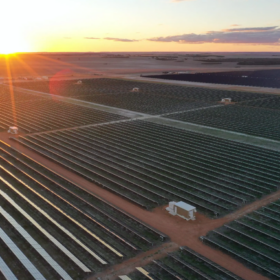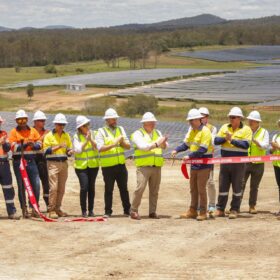Global solar module shipments hit 703 GW in 2024
The new edition of the International Technology Roadmap for Photovoltaic, published this week, reports that average PV module prices last year dropped by 33% compared to the end of 2023.
Korean researchers achieve world record efficiency of 23.64% for flexible perovskite-CIGS tandem solar cell
Scientists at the Korea Institute of Energy Research claim to have achieved the highest efficiency ever reported for a perovskite-CIGS tandem solar cell with flexible, lightweight architecture. The device was also found to achieve “excellent” durability.
BYD launches its first integrated home storage system
The Chinese manufacturer said its Battery-Box HVE is now being sold with either a single-phase hybrid inverter or a three-phase device. The system is available in two versions with capacities of 4.29 kWh and 6.45 kWh.
Research shows degradation mechanisms in rear side of TOPCon solar cells
Researchers from UNSW and Longi have found that the silicon nitride layers used in TOPCon cell rear-side are particularly prone to chemical degradation from sodium contaminants. This can lead to significant open-circuit voltage losses and reduce cell efficiency.
BloombergNEF expects up to 700 GW of new solar in 2025
BloombergNEF says global solar installations could reach 700 GW in 2025, with additions rising to 753 GW in 2026 and 780 GW in 2027.
Murdoch Uni explores unmanned ground vehicles for solar plant monitoring
Researchers in Western Australia have reviewed 36 mobile inspection robots for ground-mounted PV plants and have identified six commercial ground robots that are systematically used for this task. Their work presents the robots according to different types of locomotion, navigation technologies, communication technologies, and market status.
UNSW study shows heterojunction solar cell sensitivity to soldering flux
University of New South Wales researchers are part of an international team that has assessed the impact of soldering flux on heterojunction solar cells and has found that the composition of this component is key to prevent major cracks and significant peeling.
‘Solar module prices will soon go back to over $0.12/W’
The global solar module industry is expected to regain a sustainable balance in the next six months, Yana Hryshko, head of Solar Supply Chain Research for Wood Mackenzie, told pv magazine. She explains why solar module prices may increase soon, suggesting that Tier 1 modules prices could reach USD 0.14/W to USD 0.15/W ($0.22/W to $0.24/W) by the end of this year, and discusses how consolidation is materialising within the global PV industry.
Back contact solar module manufacturing capacity may reach 1 TW by 2030, says tech expert
Radovan Kopecek, an expert on back-contacted (BC) solar cell and module technologies, spoke with pv magazine about BC manufacturing costs, efficiency and technical challenges. He believes that global BC solar module manufacturing capacity could reach 1 TW by 2030, potentially making BC products the industry’s mainstream technology. Kopecek added that 2028 will be a crucial year for its development, as most of the critical patents associated with this module tech will expire.
Deye debuts off-grid inverters for residential PV
Deye said its new single-phase off-grid inverters have an AC output power ranging from 3.6 kW to 6 kW. The systems feature a maximum efficiency of 97.6% and a European efficiency rate of 96.5%.


